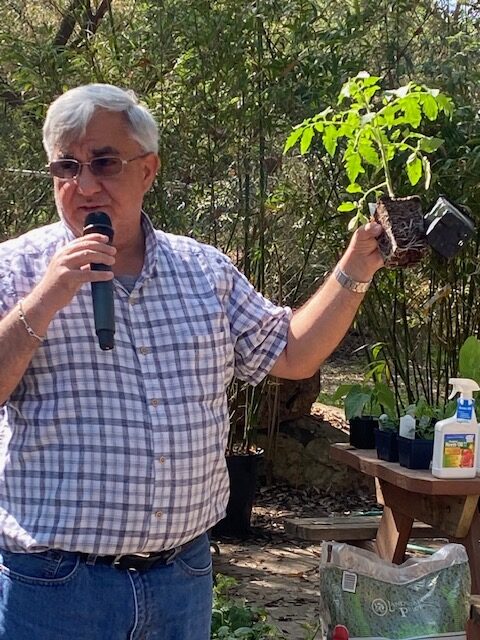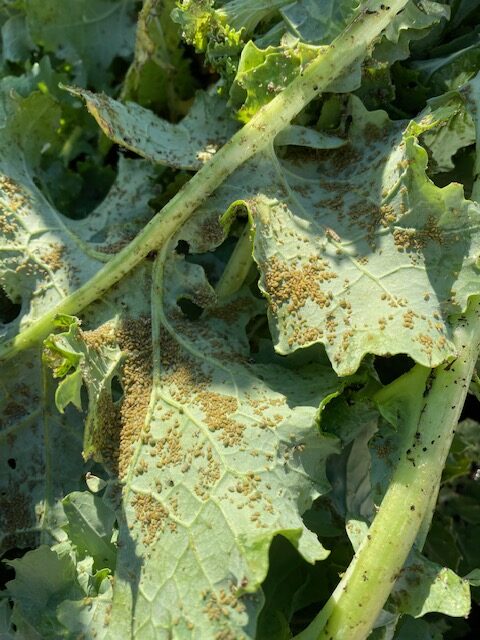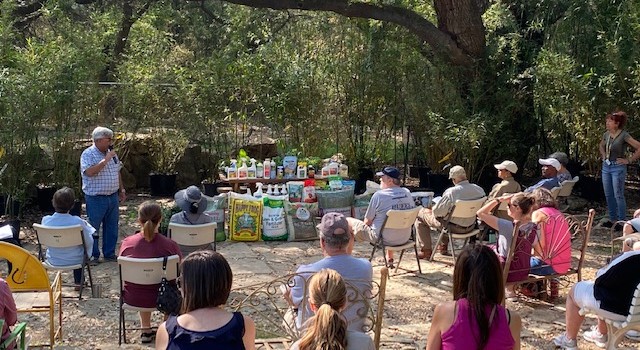Summary by Michelle Hobbs, BCMG Master Gardener
April 2023

Spring is here and it’s a good time to brush up on your gardening information. David Rodriguez, Texas A&M Agriculture Extension Horticulturist for Bexar County, has been giving free educational talks at many of our independent nurseries in San Antonio. He was at Milberger’s Landscaping and Nursery in San Antonio on March 11 and spoke to attendees about Spring Vegetable Gardening. I would encourage you to attend one of his upcoming seminars, but in the meantime, here are a few of the tips he mentioned that you might find helpful as you get ready for spring vegetable gardening.
- Warm weather vegetable plants (ex. tomatoes, sweet peppers, cucumbers) should be put in as soon as possible because by mid-June “the oven turns on.”
- We are lucky enough to have 2 planting seasons (spring and fall). By the 4th of July pull out your warm plants since “new plants do better than carry-over plants.”
- In July & August plant vegetables he referred to as “warm warm” vegetables such as Okra, Sothern Peas, Hot peppers and Eggplant. They really like the hot weather conditions.

- Try to grow vegetable varieties recommended by the Texas A&M Agriculture Extension service, as these are proven varieties that do best in our local conditions.
- Drip irrigation is key to success, as “Plants don’t waste water; people do.” Make sure your plants don’t get too dry or too wet. Make sure the water gets down 4 inches into the soil each time you water. Space plants on a drip irrigation emitter, which is usually around 10 inches dependent on the final size of the plant.
- Never plant your new plants in dry soil; make sure you pre-irrigate the soil. Most edibles need one inch of water per week.
- Don’t let leaves touch the ground. There are 6 potential soil-based diseases that your plants can get. Cut or pinch off leaves close to the soil if possible to help prevent this.
- After rain events and during times of high humidity/overcast days, as soon as the sun pops out, immediately spray fungicide that contains the active ingredient “Chlorothalonil” on your vegetable plants. Always read and follow label instructions.
- Fertilizer is key. For each 100 square feet pre-plant 3-5 pounds of slow release granulated fertilizer (19-5-9).
- Add 2-4 inches of high-grade premium compost and work into the soil.

- If planting in pots or containers, use a fertilizer specified for containers with a peat-based soil and mix in a couple of inches of compost. You will need a minimum of a 20-inch diameter pot (1 tomato, or 1 squash, or 2-3 peppers per pot).
These are just some of the many highlights from David’s informative seminar/s that will help beginning and experienced vegetable gardeners achieve success this spring. At the program’s conclusion he encouraged attendees to “Try to have something blooming all 12 months in the year. It looks pretty, is great for our beneficial insects, helps to pollinate our vegetables, and helps to balance out the bad bugs.”
Photos by Michelle Hobbs
